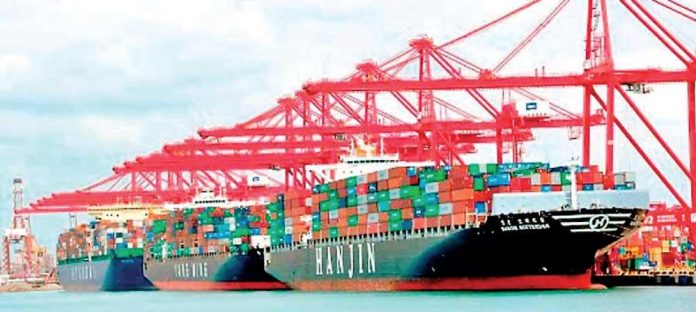Transshipment volumes at the Port of Colombo fell for the second consecutive month in February 2025, as earlier services were suspended due to congestion and have yet to recover. The port experienced a year-on-year (YoY) decline of 9.2%, handling 479,942 twenty-foot equivalent units (TEU), a significant change from the strong performance in 2024, which benefited from diversions caused by disruptions in the Red Sea.
Congestion continued to cause major shipping services to slow down, with Sri Lanka Customs increasing inspections late last year to meet government revenue targets. Although operational conditions have since improved, the lack of return services has contributed to the decline in transshipment volumes. The contribution of transshipment to overall throughput also fell from 82% to 79% last year.
In response to operational inefficiencies, digitalization efforts are being considered with a proposed Port Community System (PCS) aimed at improving efficiency and reducing pollution. Despite initial setbacks, stakeholders continue to advocate for the implementation of PCS, which could later be incorporated into the National Single Window once it is fully developed.
In February 2025, the Colombo Port handled 606,784 TEUs, a 6.1% year-on-year decrease. Notably, the Colombo International Container Terminal saw a 14.2% decline in TEU handling, while the South Asian Gateway Terminal experienced a 3.8% increase in containerized cargo handling. The upcoming operational phase of the Adani-led Western Container Terminal is expected to reduce congestion and improve service capacity later this year.
The Port of Colombo handled a total of 8,087,857 tonnes of cargo, reflecting a year-on-year decline of 16.6%. Containerised cargo traffic decreased by 17.3%, while there was a significant increase in break bulk and dry bulk cargo traffic due to imports of steel and cement. Exports remained relatively stable, while domestic containerised imports grew by 8.1% due to steel demand.



